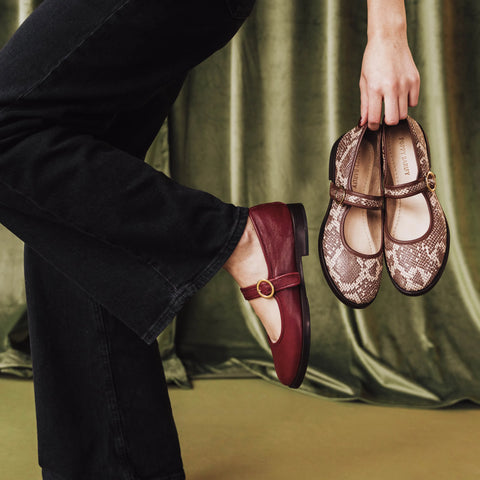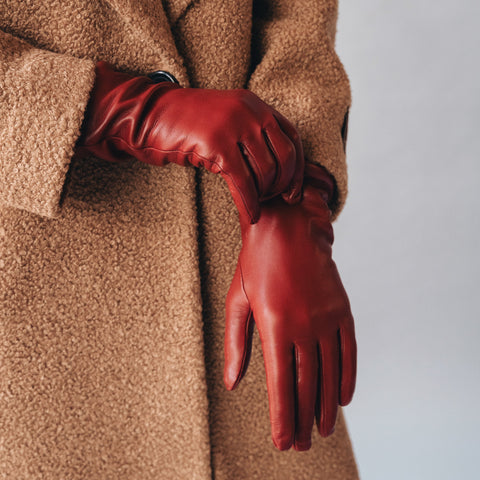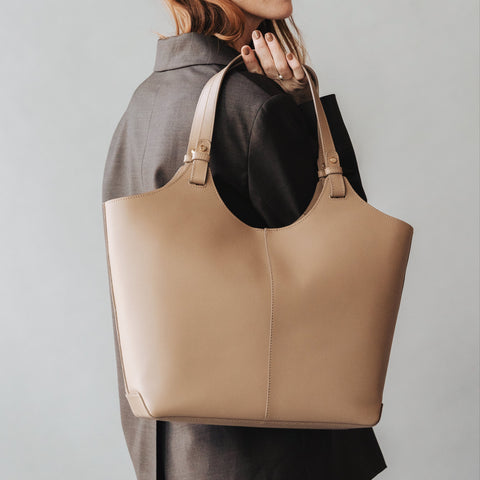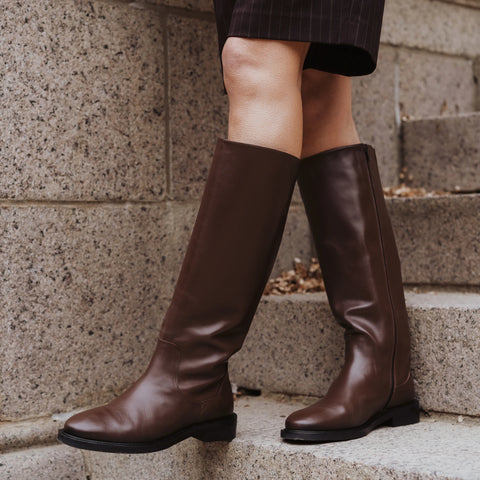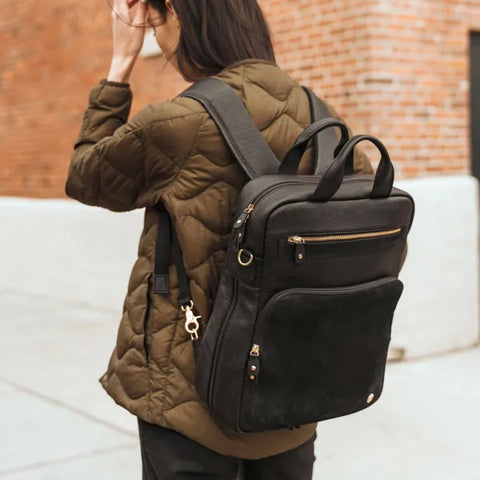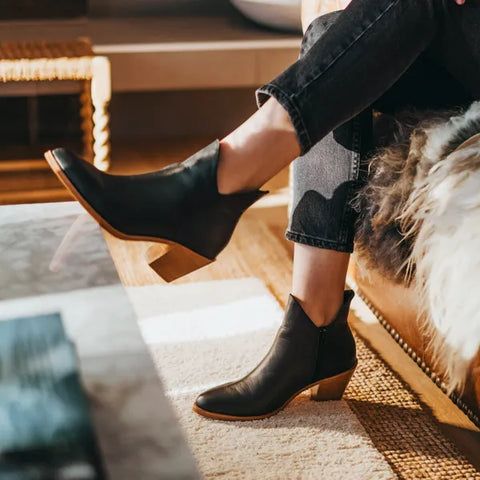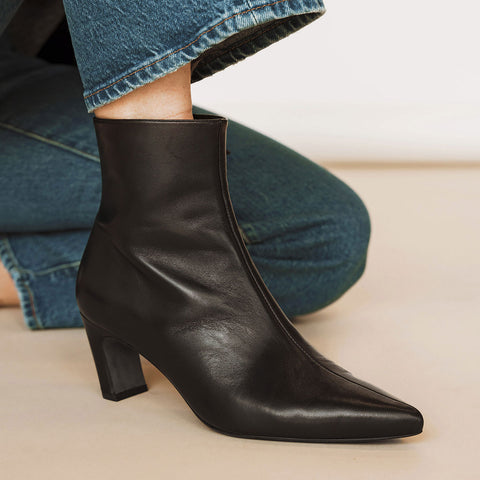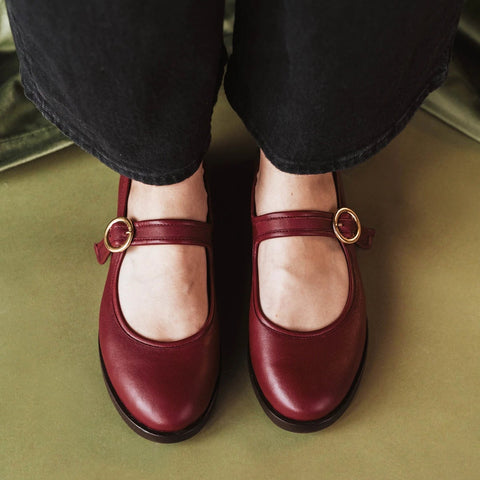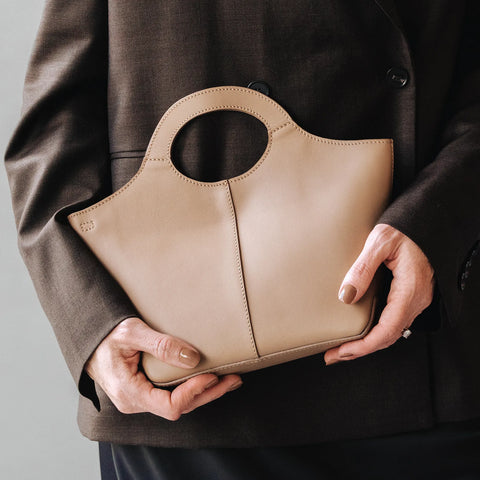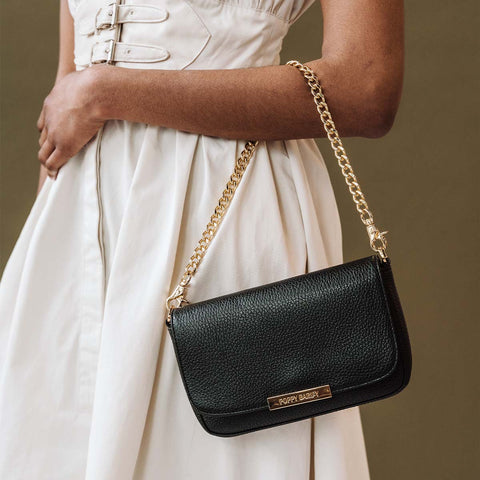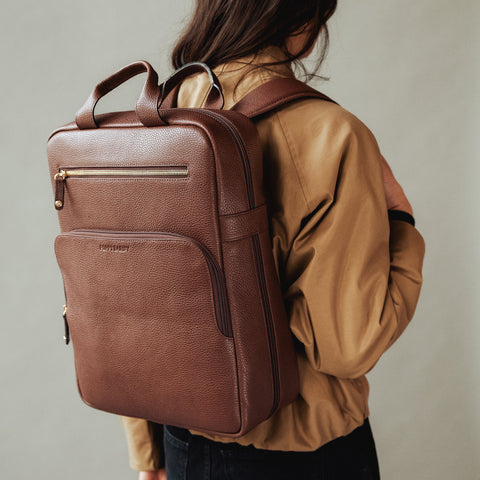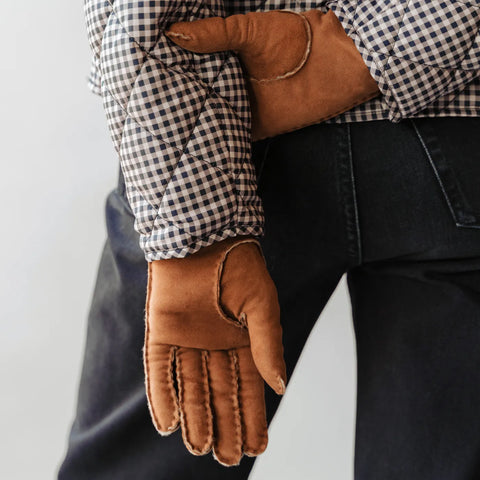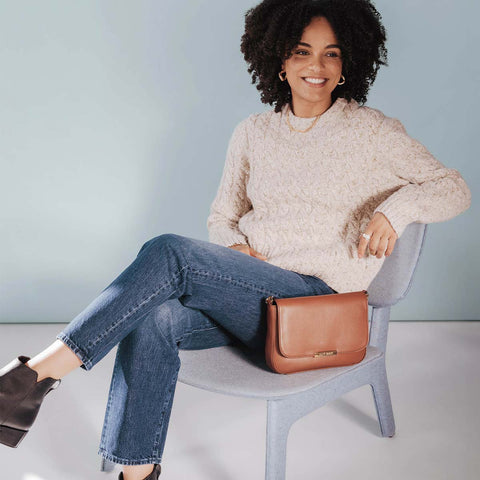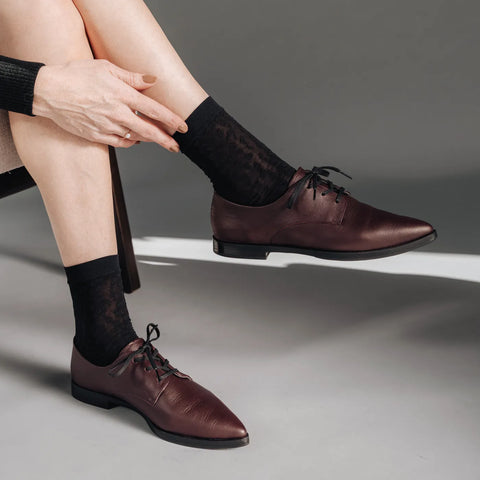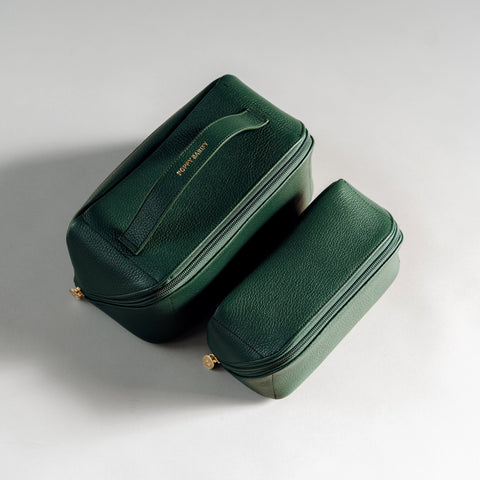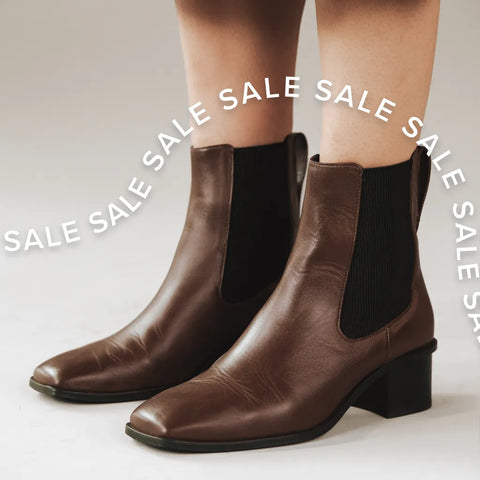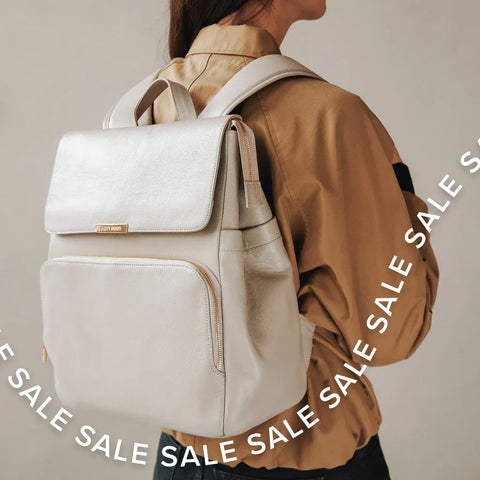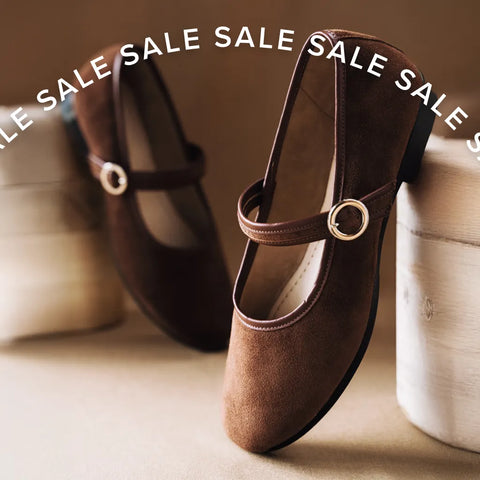We share our journey to sourcing a new footwear factory in Spain.
Designing the shoe is the easy part. Finding factories has always been a challenge. Producing shoes of the highest quality at a fair purchase price in an ethical factory is almost mission impossible. Add in considerations like exchange rates, shipping costs, duties and taxes, and minimum order quantities, it gets complicated really fast. Plus, a real creative bond needs to exist between designers and factories. It’s a true collaboration to bring a shoe design to life.

Picturesque view in Alicante near our team's Airbnb - Near Santa Barbara Castle.

Reviewing samples from our new footwear factory in Spain.
So, how do we find a shoe factory? We’re sharing our journey to finding new factories in Spain. Here’s a candid conversation with our co-founder, Justine.
How did you find the factories in Spain?
We sent a ‘press release’ to the Spanish Footwear Association that provided an overview of Poppy Barley and our ideal factory partner. To match with a factory, it is important to describe the types of shoes you want to create, the minimum order quantity per style, and a range for ‘first costs’ which are the estimated manufacturing cost per style.
We emphasized a desire to build a long-term relationship with a factory. We highlighted our obsession with fit, ethical manufacturing and sustainable materials.
We follow up with a guide about Poppy Barley that shares our story and brand values, product and fit standards, and a detailed overview of our product development process.

Touring our new partner factory in the province of Alicante.

Buyer and Merchandise Planning Manager Esther (left) and Product Design Lead Kalie (right) review footwear samples with the factory in Spain.
How do you screen the factories from Canada?
Very early into the process, we interview the factory owner over video using our Factory Screening Tool Before we make travel plans, we do a video tour of the factory and have photos sent to evaluate it for cleanliness, employee facilities and structural integrity.
When we eventually visit the factory, we verify that the information provided is accurate.
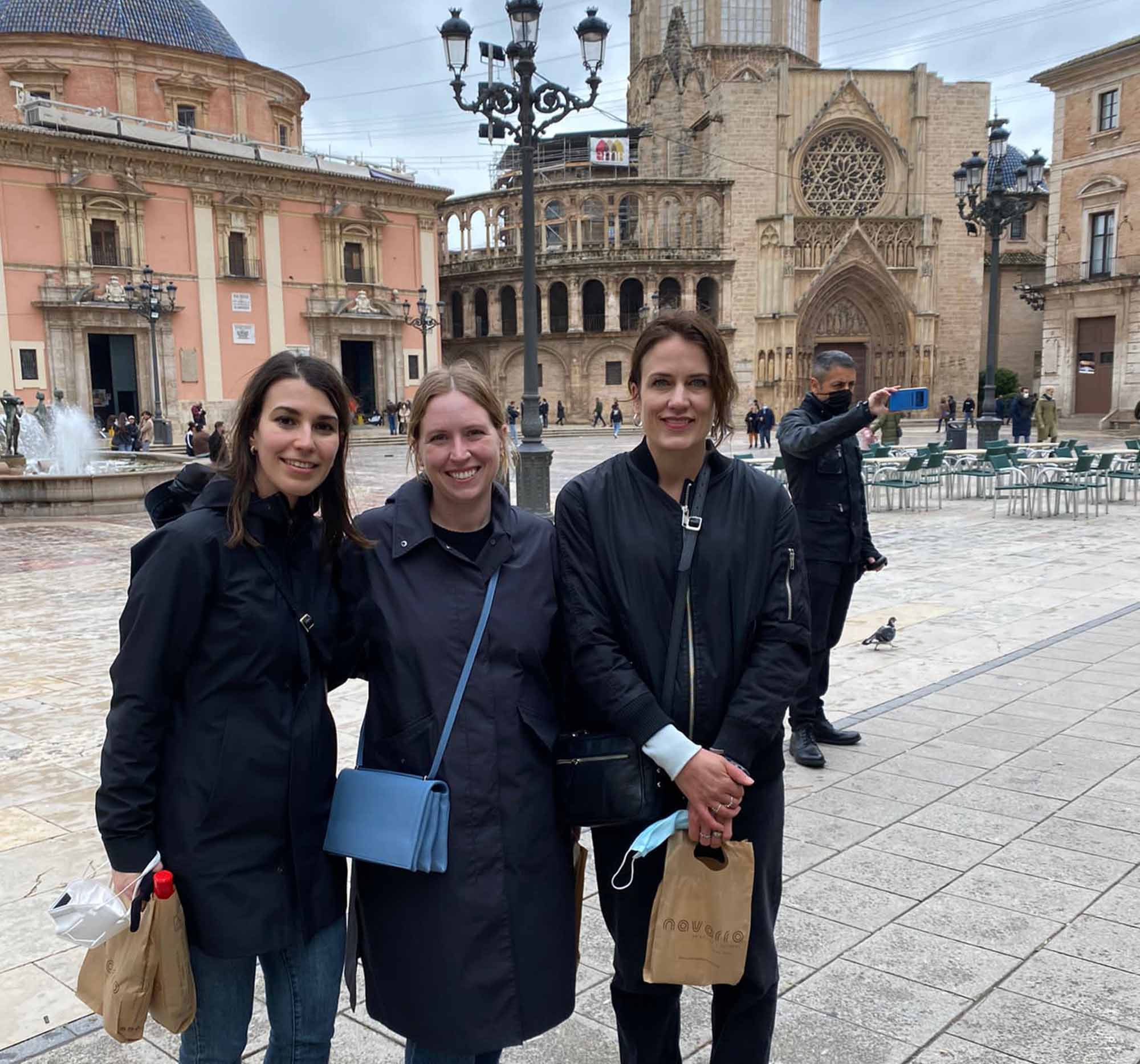
Members of our product team in Valencia–from left to right: Justine (Co-CEO), Kalie (Product Design Lead), Esther (Buyer and Merchandise Planning Manager).
After screening the factory, do you book a trip to Spain to visit?
Before visiting a factory, we ideally have samples made referencing our design specifications. The samples indicate if the factory has enough potential to continue exploring working together.
With Spain, we travelled to review the second samples. We gave feedback and collaborated with the factory on fit, improvements and design changes. The factory committed to producing third samples before we travelled home. Producing samples takes a few days, so our team met with material suppliers (tanneries, insoles, zippers, soles). Most importantly, we got to know the family behind the factory over delicious 3-course 12 euro lunches in rural Spain.

Paella is a regional dish that is very common in the province of Valencia, which is close to Alicante.

In Spain, Churros are eaten with a thick hot chocolate that you can use as a dip or drink.
How do the factories evaluate Poppy Barley as a brand?
Great factories are very selective about the brands they work with. First, factories ensure alignment on the essentials: shoe type, order quantities, quality standards and pricing. Next, factories want to work with good people with the opportunity to create a high quality and exciting product. The brand, design and quality matter; the alignment of values matters most.
Once Poppy Barley starts working with a factory, how long does it take to develop and bring a product to market?
A year! Normally 6-8 months in sampling, 3-4 months in production and one month in quality control. And then, transport from the factory to Canada!
 Co-CEO Justine (left) and Product Design Lead Kalie (right) take in views of Alicante after a day of visiting new factories in Spain.
Co-CEO Justine (left) and Product Design Lead Kalie (right) take in views of Alicante after a day of visiting new factories in Spain.
Besides discovering new factories, what's the best part of product development trips?
Visiting parts of new countries you never would have visited as a tourist. We spend time in smaller towns and more industrial cities getting to know the people who live and work there. We develop friendships and appreciation for cultures and people.
